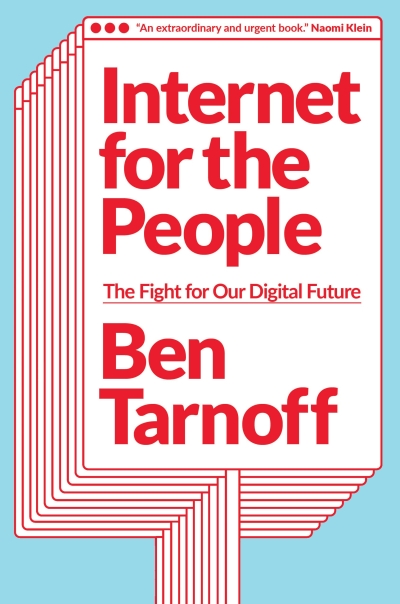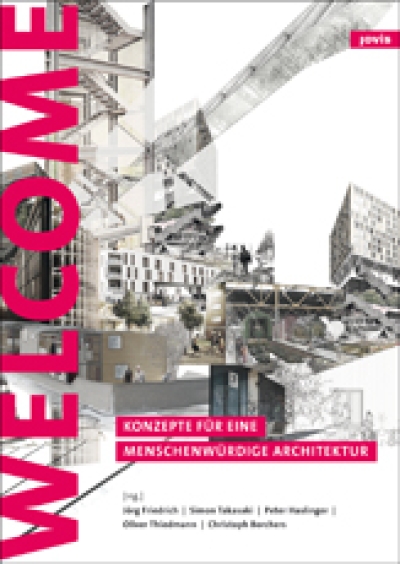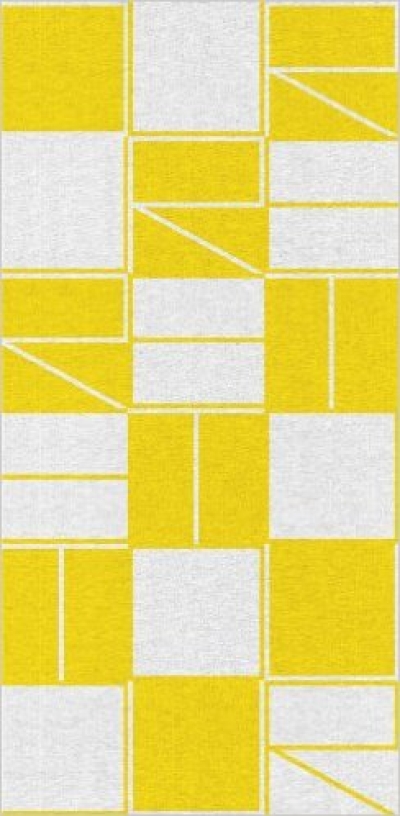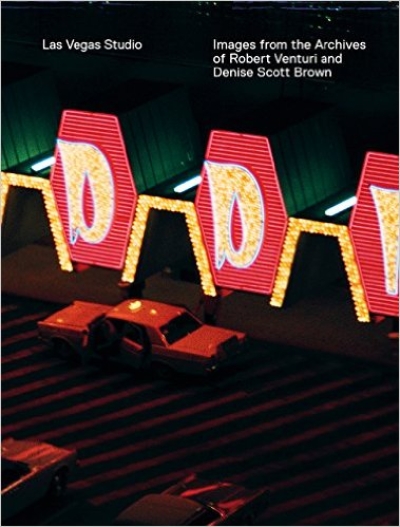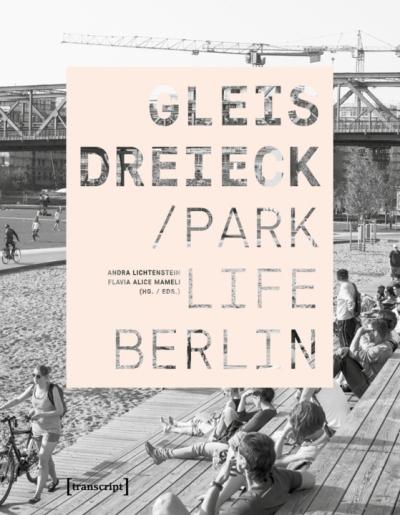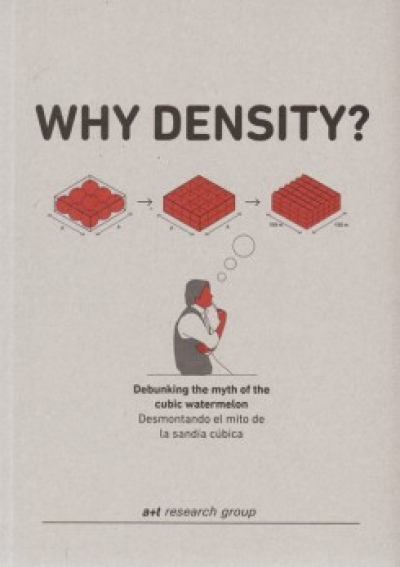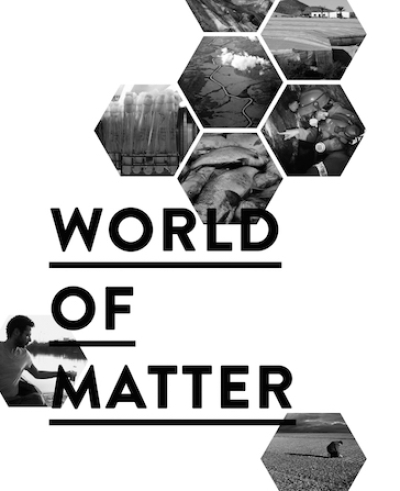Katia Frey, Eliana Perotti (Hg)
Theoretikerinnen des Städtebaus. Texte und Projekte für die…
Jörg Friedrich / Simon Takasaki / Peter…
Refugees Welcome. Konzepte für eine menschenwürdige…
Andy Donaldson
Maklerfotos aus der Hölle. Die schlimmsten Immobilienfotos…
Dirk Bell
Retour
Krentel, Barthel, Brand (Hg.)
Library Life. Werkstätten kulturwissenschaftlichen Forschens
Étienne Souriau
Die verschiedenen Modi der Existenz
Fuchs, Fizek, Ruffino, Schrape (Eds.)
Rethinking Gamification
Prue Chiles (Hg.)
Schulen bauen. Leitlinien für Planung und Entwurf
Han Byung-Chul
Die Errettung des Schönen
Margarete Fuchs
Für den Schwung sind sie zuständig. (Ulrich Müther) DVD
Antonio Negri, Rául Sánchez Cedillo
Für einen konstituierenden Prozess in Europa. Demokratische…
Karen Kice
Chatter. Architecture Talks Back
Eyal Weizman
The Roundabout Revolutions. Critical Spatial Practice 6
Hilar Stadler, Martino Stierli (Ed.)
Las Vegas Studio. Images from the Archive of Robert Venturi…
Fritz Barth
Konstantin Melnikov und sein Haus (Konstantin Melnikov and…
Duncan Forbes, Daniela Janser (Eds.)
Beastly / Tierisch
Markus Berger, Liliane Wong (Eds.)
Int AR Interventions and Adaptive Reuse: The Experience…
Alexander Reichel, Kerstin Schultz (Hg.)
Umhüllen und Konstruieren. Wände, Fassade, Dach
Kai-Uwe Hemken (Hg.)
Kritische Szenographie. Die Kunstausstellung im 21.…
Oda Pälmke
Haus Ideal-The Making of: Von der Idee zur Idee.…
Christoph Thun-Hohenstein (Hg.)
Vienna Biennale 2015. Ideas for Change
Emanuel Christ, Christoph Gantenbein
Typology: Paris, Delhi, São Paulo, Athens. Review No. III
Idea Document
R. On The Shoulders of Giants
David Hlynsky
Window Shopping Through the Iron Curtain
Felix Guattari, Antonio Negri
Neue Räume der Freiheit
Stiftung Bauhaus Dessau (Hg.)
das prinzip coop: Hannes Meyer und die Idee einer…
Eugen Blume, Matilda Felix, Gabriele…
Black Mountain. Ein interdisziplinäres Experiment 1933 -1957
Hannes Meyer
Co-op Interieur (Wohnungsfrage)
Stefan Goldmann (Hg.)
Presets – Digital Shortcuts to Sound
Behnke, Kastelan, Knoll, Wuggenig (Eds.)
Art in the Periphery of the Center
Martin Wagner
Das wachsende Haus (Wohnungsfrage)
Martin und Werner Feiersinger
Italomodern. Architektur in Oberitalien 1946-1976
Andra Lichtenstein, Flavia Alice Mameli…
Gleisdreieck / Parklife Berlin
Bauwelt Fundamente 154
Urban Commons. Moving Beyond State and Market
Peggy Deamer
The Architect as Worker
Alan Moore, Alan Smart (Ed.)
Making Room. Cultural Production in Occupied Spaces
Filip Springer
Kopfgeburten. Architekturreportagen aus der Volksrepublik…
Paolo Virno
When the Word Becomes Flesh. Language and Human Nature
David Jourdan, Yuji Oshima
1%. 2CD
Marco Citron
Urbanism 1.01
Armen Avanessian, Helen Hester (Hg.)
dea ex machina
Jens Hoffmann
Theater of Exhibitions
Didier Teissoniere
Le Corbusier et la lampe gras. Le Corbusier and the gras…
Maria Ines Cruz, Lozana Rossenova (Eds.)
Bookspace. Collected Essays on Libraries
C. Cox, J. Jaskey, S. Malik (Eds.)
Realism, Materialism, Art
Kerstin Stakemeier, Susanne Witzgall (…
Fragile Identitäten
Mark von Schlegell
Sundogz
Sarah Robinson, Juhani Pallasmaa
Mind in Architecture. Neuroscience, Embodiment, and the…
Rob Stone
Auditions. Architecture and Aurality
Paolo Magagnoli
Documents of Utopia. The Politics of Experimental…
Arne Blum, Wolfgang Gnida (Hg.)
Moondog, eine Sammlung zum 99. Geburtstag
Florian Ebner (Hg.)
Fabrik. Jasmina Metwaly / Philip Rizk. Olaf Nicolai. Hito…
Julia Voss
Hinter weißen Wänden. Behind the White Cube
Ingrid Böck
Six Canonical Projects by Rem Koolhaas Essays on the…
Antje Krause-Wahl, Irene Schütze (Hg.)
Aspekte künstlerischen Schaffens der Gegenwart
Kaja Silverman
The Miracle of Analogy: Or the History of Photography, Part…
Christoph Grafe
People's palaces. Architecture, culture and democracy…
Ales Erjavec (Ed.)
Aesthetic Revolutions and Twentieth-Century Avant-Garde…
The Invisible Committee
To Our Friends
Stuart Braun
City of Exiles. Berlin from the outside in
Max Bruinsma, Ida van Zijl (Eds.)
Design for the Good Society. Utrecht Manifest 2005 - 2015
Kersten Geers, Joris Kritis, Jelena…
Architecture Without Content
Jussi Parikka
A Geology of Media
Dieter Daniels, Sandra Naumann (Hg.)
See this Sound. Audiovisuology. Compendium and Essays
A+t Research Group
Why Density? - Debunking the Myth of the Cubic Watermelon
Olaf Gisbertz (Hg.)
Bauen für die Massenkultur: Stadt- und Kongresshallen der…
Pascal Gielen, Niels Van Tomme (Eds.)
Aesthetic Justice. Intersecting Artistic and Moral…
Andres Lepik, Hilde Strobl (Hg.)
ZOOM! Architektur und Stadt im Bild. Picturing Architecture…
Inke Arns (Ed.)
World of Matter
Pierre Hermé
The Architecture of Taste
Silke Steets
Der sinnhafte Aufbau der gebauten Welt. Eine…
SendPoints
Art of the Book. Structure, Material and Technique
Anne Huffschmid
Risse im Raum. Erinnerung, Gewalt und städtisches Leben in…
Markus Rathgeb
Otl Aicher
Robin Mackay (Ed.)
When Site Lost the Plot
Roberto Gigliotti (Ed.)
Displayed Spaces. New Means of Architecture Presentation…
Vladimir Belogolovsky
Conversations with Architects. In the Age of Celebrity
Deimantas Narkevičius
Da capo. Fifteen Films
Günter Pfeifer, Per Brauneck
Wohnhäuser. Eine Typologie
Valerio Olgiati (Ed.)
The Images of Architects
Klaus Ronneberger
Peripherie und Ungleichzeitigkeit. Pier Paolo Pasolini,…
Le Corbusier
Städtebau
Lovink, Tkacz, De Vries (Eds.)
MoneyLab Reader. An Intervention in Digital Economy
Ezio Manzini
Design, When Everybody Designs. An Introduction to Design…
Paulina Olowska
Alphabet
Diogo Seixas Lopes
Melancholy and Architecture: On Aldo Rossi
Eva B. Ottillinger (Hg.)
Küchen / Möbel. Design und Geschichte
Clog 13
Guggenheim
Thomas Düllo, Studiengang Gesellschafts…
texturen Nr. 2 — Spielen
A+U 523
Juliaan Lampens
Emanuele Piccardo
Beyond Environment
Klaus Bädicker
Gerade zur Krummen zieht's ihn. Die Sophienstraße und…
Yona Friedman
Architecture with the people, by the people, for the people
Triisberg, Krikortz, Henriksson (Ed.)
Art Workers. Material Conditions and Labour Struggles in…
Gin Müller
Possen des Performativen. Theater, Aktivismus und queere…
Dougal Sheridan (Hg)
Translating Housing: Berlin - Belfast. Innovative Housing…
Irene Kurtishvili (Hg)
Hotel Orient / Haus der Künstler
Jörg H. Gleiter, Ludger Schwarte (Hg.)
Architektur und Philosophie. Grundlagen. Standpunkte.…
